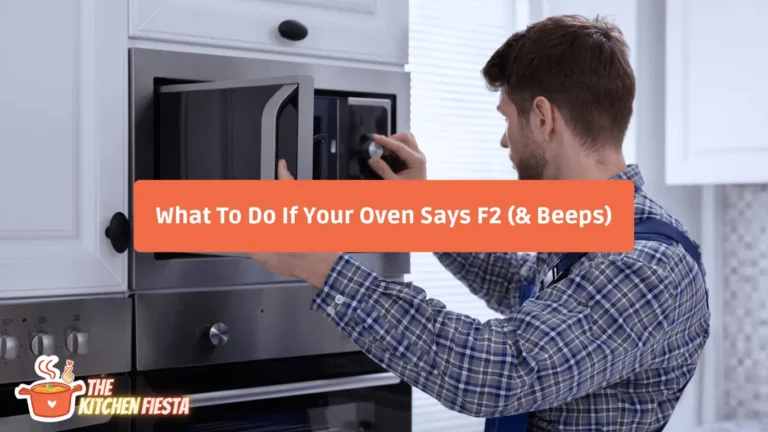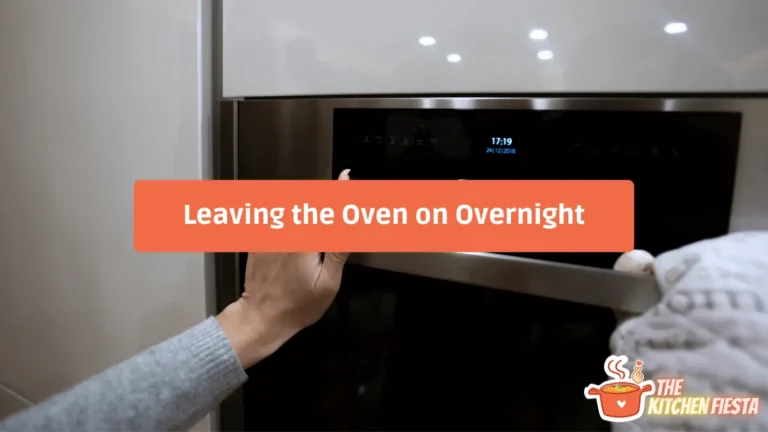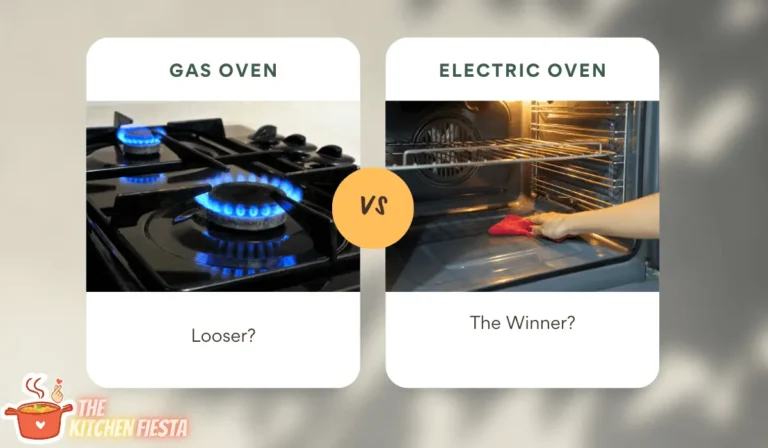What Size Breaker for Oven? A Guide to 30, 40, 50, and 60 Amp Breakers
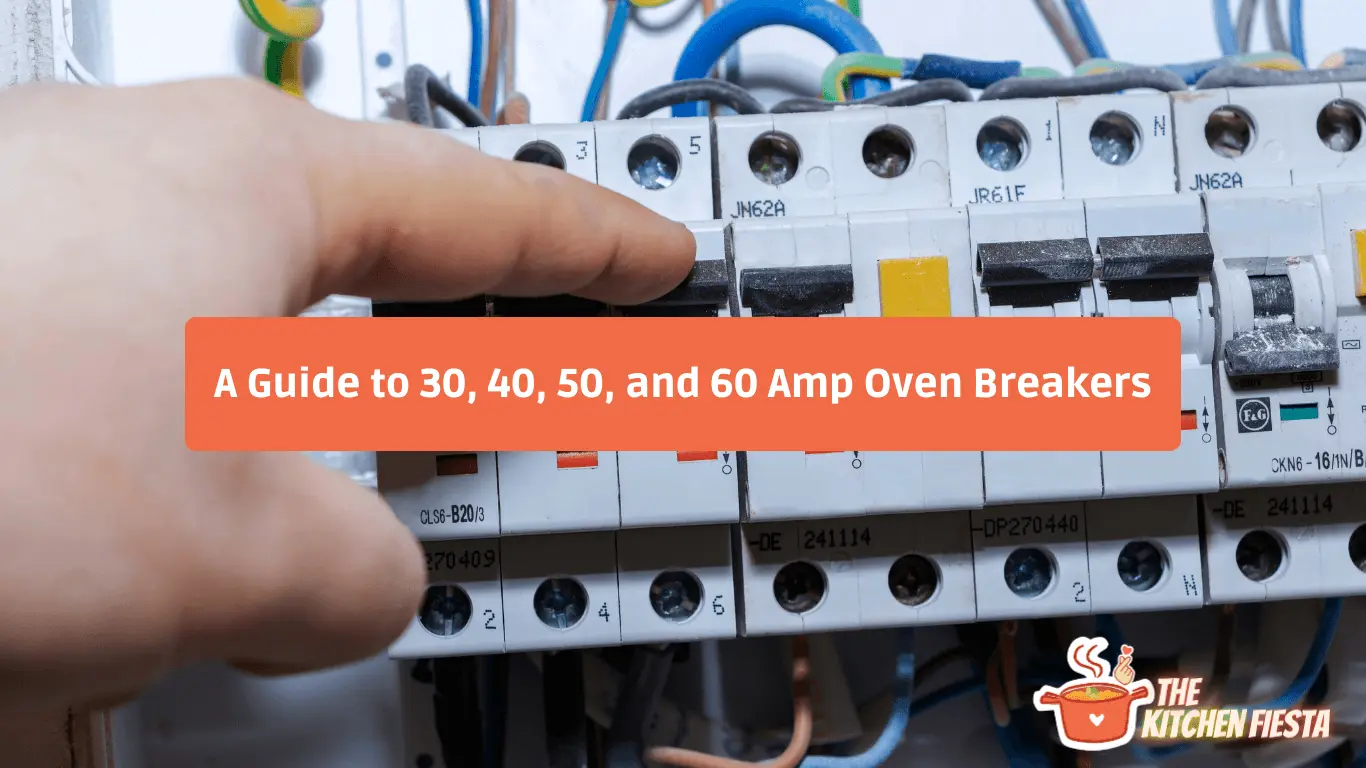
When installing an oven, one of the most important considerations is the size of the circuit breaker required to power it. Choosing the wrong size breaker can result in electrical problems, such as tripping or overheating, which can be dangerous and costly to repair. Therefore, knowing what size breaker is needed for your oven is essential.
The size of the breaker required for an oven will depend on several factors, including the oven’s wattage, voltage, and amperage. Most ovens require a 30, 40, 50, or 60-amp breaker, depending on their power requirements. Choosing the right size breaker is crucial to ensure that your oven operates safely and efficiently.
In this article, we will explore what size breaker is needed for different types of ovens and provide tips on choosing the right breaker for your specific needs.
Understanding Breakers
What is a Circuit Breaker?
A circuit breaker is an electrical switch that automatically shuts off the flow of electricity when there is an overload or short circuit in the wiring. This is done to prevent damage to the electrical system and potential fires. Circuit breakers come in different sizes, and choosing the right size for the electrical appliances in your home is essential.
How Do Breakers Work?
When an electrical circuit is overloaded, the current flowing through the wires increases, causing the breaker to trip. The breaker’s internal mechanism detects the increased current and trips the switch, breaking the circuit’s flow. This action prevents the wires from overheating and causing a fire.
Read more details about Circuit Breaker Explained Working Principle
Types of Circuit Breakers
Different types of circuit breakers are available, and each has unique features. Some common types include:
- Single-pole breakers: These are used for 120-volt circuits and are typically rated for 15 or 20 amps.
- Double-pole breakers: These are used for 240-volt circuits and are typically rated for 30, 40, or 50 amps.
- GFCI breakers: These are used in areas with a high risk of electrical shocks, such as kitchens and bathrooms.
- AFCI breakers: These are used to detect and prevent electrical fires caused by arcing.
When choosing a circuit breaker for an oven, it is essential to consider the appliance’s power requirements. Most ovens require a 30, 40, 50, or 60-amp breaker, depending on their power rating. It is crucial to consult the manufacturer’s specifications to determine the correct breaker size for your oven.
Determining the Right Breaker Size
Why Breaker Size Matters?
When installing an oven, choosing the right breaker size is crucial. Using the wrong size can lead to a tripped breaker or fire hazard. The breaker size must match the oven’s electrical requirements to ensure safe and efficient operation.
How to Calculate the Right Breaker Size?
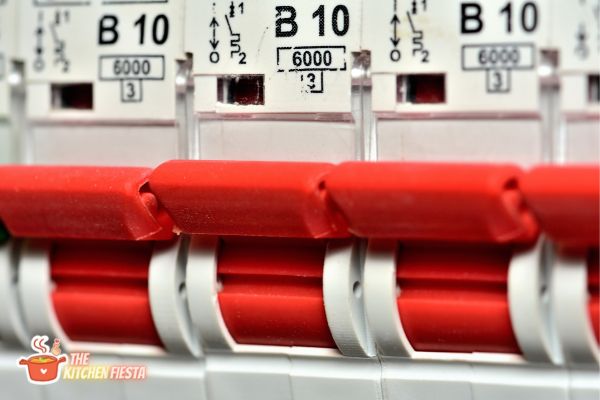
To calculate the right breaker size for an oven, the total load that will be connected to the circuit breaker must be determined. This can be done by adding up the wattage of all the components connected to the circuit. Once the total load is determined, a circuit breaker rated for 125% of this load should be selected. The wire paired with the breaker must also have a higher ampacity than the breaker’s rating to prevent overheating.
Factors to Consider
Several factors should be considered when determining the right breaker size for an oven. These include the oven’s wattage, voltage, and amperage requirements. The wire gauge and type must also be considered to ensure it can handle the current and voltage requirements of the oven.
The table below provides a general guide for selecting the right breaker size based on the oven’s wattage and voltage requirements:
| Oven Wattage | Voltage | Breaker Size |
|---|---|---|
| Up to 3,000 | 120 | 20 amps |
| 3,000-4,000 | 240 | 20 amps |
| 4,000-5,500 | 240 | 30 amps |
| 5,500-7,200 | 240 | 40 amps |
| 7,200-9,600 | 240 | 50 amps |
| Over 9,600 | 240 | 60 amps |
These are general guidelines, and the oven’s specific requirements should be checked before selecting a breaker size. The manufacturer’s instructions should be consulted to ensure the correct breaker size for the specific oven model.
Breaker Size Options
When it comes to choosing the right breaker size for an oven, there are several options available. Depending on the oven’s electrical requirements, a 30, 40, 50, or 60-amp breaker may be needed. Each option has advantages and disadvantages, and choosing the right one is important to ensure safe and efficient operation.
30 Amp Breaker
A 30 amp breaker is suitable for smaller ovens with lower electrical demands. Typically, ovens rated at 7.2 kW or below at 240 volts (5.4 kW and below at 208 volts) require a separate 30-amp circuit. This breaker size is also suitable for electric stoves with a smaller or older electric stove on a 30 or 40-amp breaker.
40 Amp Breaker
A 40 amp breaker is a common option for most electric ovens and ranges. Models rated from 7.3 to 9.6 kW at 240 volts (5.5 to 7.2 kW at 208 volts) require a separate 40-amp circuit. This breaker size can also be used for ovens with a true draw of 24 amps and rated for a 30 amp circuit.
50 Amp Breaker
A 50 amp breaker can handle the electrical demands of most 240V electric stoves and ovens. The electrical demands for an industrial model will necessitate a 60A breaker. This breaker size is suitable for ovens requiring a higher electrical load than a 40 amp breaker can handle.
60 Amp Breaker
A 60-amp breaker is the largest option available for ovens and is typically used for industrial models. It is also suitable for ovens that require a higher electrical load than what a 50 amp breaker can handle. However, please consult a professional electrician before installing a 60 amp breaker to ensure it’s the right choice for your oven.
Installation and Safety
Installation Tips
When installing an oven, it is important to ensure that the correct size of wire and breaker is used to prevent electrical hazards. The wire and breaker size will depend on the amperage rating of the oven.
For smaller or older electric ovens on a 30 or 40-amp breaker, using #10-gauge or #8-gauge copper wire is recommended, for larger ovens on 60 amps, #4-gauge aluminum AWG or #6-gauge copper wire AWG may be used.
It is also important to ensure that the wiring is properly grounded and that all connections are secure. This will prevent electrical shocks and fires.
Safety Precautions
When installing an oven, it is important to follow all safety precautions to prevent accidents and injuries. Here are some tips:
- Turn off the power supply before starting any installation work.
- Use a voltage tester to ensure the power is off before touching wires.
- Wear protective gear, such as gloves and safety glasses, when working with electrical wiring.
- Do not overload the circuit by connecting other appliances to the same circuit as the oven.
- Do not use damaged or frayed wires or cords.
- Only modify the electrical wiring or breaker after consulting a licensed electrician.
Homeowners can ensure that their oven is installed safely and efficiently by following these installation tips and safety precautions.
Conclusion
Choosing the correct breaker size for an oven is crucial for safety and preventing damage to the appliance. The appropriate size depends on the specific requirements of the device, with smaller electric stoves needing 30 or 40-amp breakers with #10 or #8-gauge copper wire and larger stoves on 60 amps requiring #4-gauge aluminum or #6-gauge copper wire.
The National Electrical Code (NEC) limits maximum breaker sizes, and it’s important to follow the manufacturer’s specifications and NEC guidelines to ensure safety and proper function. Overall, proper sizing of the breaker is essential for a safe and functional oven.
FAQs
Can a 50-amp breaker be used for a 30-amp electric oven?
Using a 50-amp breaker for a 30-amp electric oven is not recommended. The breaker size should match the appliance’s amperage requirements to ensure proper protection and prevent electrical hazards. In this case, a 30-amp breaker is the right choice.
What wire size is required for a 40-amp electric oven breaker?
The required wire size for a 40-amp electric oven breaker is #8-gauge copper wire or #6-gauge aluminum wire. Using the right wire size ensures the current flows freely and the breaker responds appropriately.
Can a 60-amp breaker be used for a 50-amp electric oven?
Using a 60-amp breaker for a 50-amp electric oven is not recommended. The breaker size should be, at most, the appliance’s rated current by more than 50%. In this case, a 50-amp breaker is the right choice.
What is the correct size of the circuit breaker for a double oven?
The correct circuit breaker size for a double oven depends on the oven’s amperage requirements. Commonly available sizes of breakers are 10-amp, 15-amp, 20-amp, 25-amp, 30-amp, 35-amp, 40-amp, 50-amp, and 60-amp. A 30-amp breaker is generally the right choice for a double oven.
What is the maximum size breaker allowed for an electric oven?
The maximum size breaker allowed for an electric oven is 150% of the device’s rated current, as per article 422.11.E.3 of the code. For instance, if the oven has a true draw of 30 amps, a 45-amp breaker would be the maximum size allowed. If the device only draws 24 amps and is rated for a 30-amp circuit, a 40-amp breaker would be allowed.

